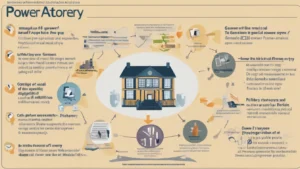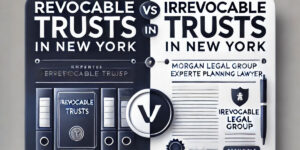There have always been divorces, second marriages, children born out of wedlock, and so on throughout human history. The only real difference at the moment is we are more open about it and the issues that often accompany blended families, including issues related to estate planning of modern families.
The challenges of planning for what happens to your estate only grow more complicated when the natural objects of your affection and bounty include a spouse and children you had with someone who is not your spouse. Fortunately, there are solutions to most problems a complicated family presents, but to find the right one requires a great deal of introspection and self-awareness about what your goals are and what you think is best.
Sometimes the complicated family is filled with individuals who all get along and everyone shares and all the children are treated as belonging to both spouses regardless of biological origin. And sometimes that works. And sometimes it doesn’t.
Planning for when it doesn’t work involves balancing your interests. You want to provide for your spouse, but you don’t want to exclude your own children, or allow your spouse to exclude them. That requires careful planning which keeps assets available to your spouse but does not let your spouse have the power to redirect or squander those assets to the detriment of your children in this modern family estate planning.
Today’s Essentials for Modern Families.
Stepping back to consider who you want protected should thoroughly be checked, whether you’re part of a husband-and-wife team with or without kids, or a parent or grandparent to biological kids, adopted children, or step kids, etc. Sometimes it’s possible that a major life event could create unnecessary conflict between family members or cause a long-lost relative to try stealing from little Rover. While it might be difficult to talk about planning your estate, putting your wishes in writing can help avoid confusion and disagreement in the event you are unable to speak for yourself.
What to Do When You Are Not the Cleaver:
Only about 35% of families remain “traditional.” Modern families need modern planning, much of estate planning (techniques, forms, literature and more) presumes a “Cleaver-like” family unit. The definition of family has certainly broaden over the last 50 years. Back then, most families were comprised of married men and women who had children and who stayed in their marriages until death.
To develop a satisfactory estate plan, it is worth considering a number of questions. To start, you need to think about who you want to inherit your assets. Then, you need to determine how much of your estate you want each of those individuals to obtain after your death. You might then want to consider when you want those beneficiaries to take control of those assets, since you can restrict that through the use of an estate planning vehicle like a trust. By carefully considering these matters and answering them truthfully, you can start down the road of effective estate planning. For example, if you have a child who has children and is in a non-marital relationship with the child’s other parent, you’ll probably want to provide for your own child. But what about once that child passes away? Would you want to leave assets to your grandchildren? Probably. But what about the partner of your child? These can be vexing questions that are difficult to answer, but doing so is critical to ensuring that your estate plan conforms to your wishes.
Much of estate planning (techniques, forms, literature and more) presumes a “Cleaver-like” family unit. This might come as a shocker, but the Cleavers are no longer the typical American family. In fact, today only about 35% of American families are comprised of a traditional heterosexual married couple with children. So the Cleaver-like families are well less than ½ of the American family units (and shrinking). And even that doesn’t tell the whole story.
Start by not using historical presumptions, historic planning patterns, and traditional documents. Some of the nuances to consider might include, for starters, the following. Could non-marital and/or adopted children unintentionally be excluded from your estate plan? Don’t assume that is off the table because it is clearly not your wishes. The definitions used in legal documents for “issue” or descendants must be carefully considered. Are the definitions sufficient to encompass everyone you want treated as a beneficiary? Is the definition so broad that it might include people you do not want to be beneficiaries? Are you leaving people who believe that they should be beneficiaries excluded? In the Cleaver world saying descendants worked just fine as Ward and June were in their original marriage and June gave birth to their two children. Now, June and Ward might be on a second or later marriage, with children from prior marriages, their current marriage, children they adopted and children born from artificial reproductive technologies.
Get help
To ensure your document are from the rightly and efficiently sourced, call us today.









